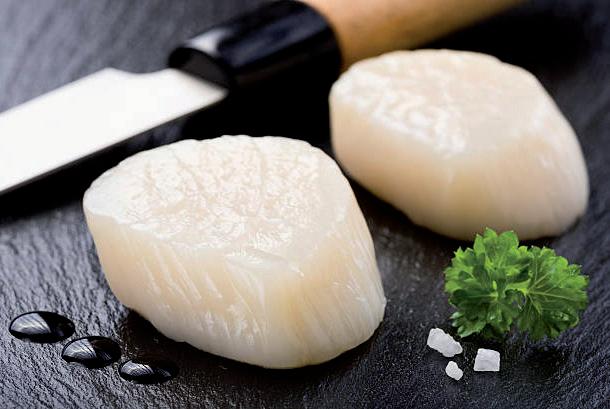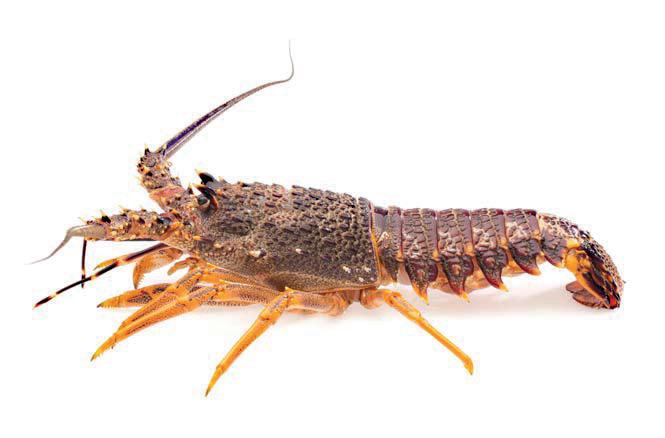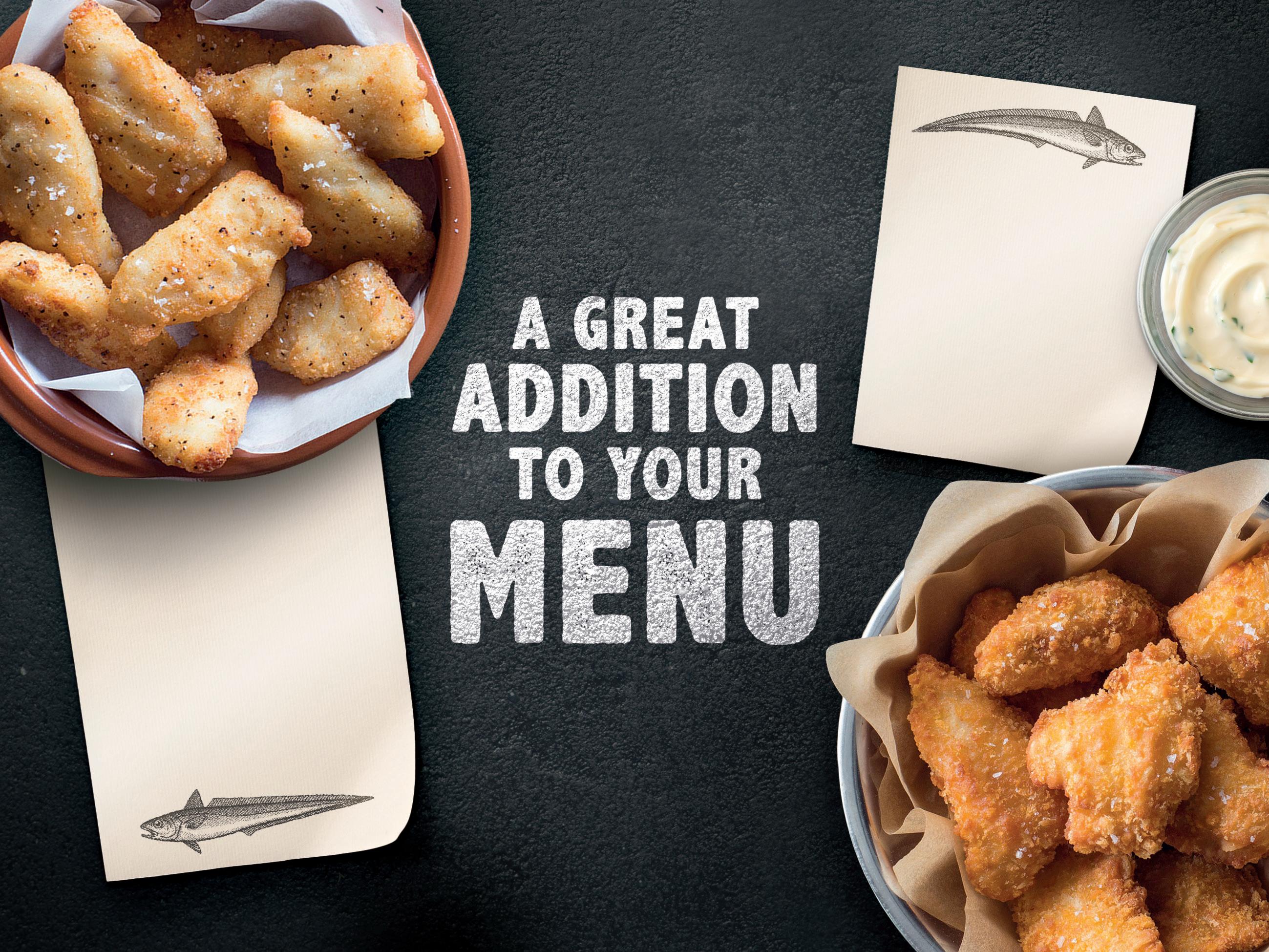
5 minute read
Kiwi Favourite Catch
KIWI’S FAVOURITE CATCH
More and more New Zealanders are making discernible choices when it comes to what they eat and how this interacts with sustainability and healthy living. Flexitarian is the word du jour to describe someone who is actively reducing the amount of meat they eat, typically cutting out beef, chicken and pork. Seafood fits perfectly into a Flexitarian diet as an alternative to some less sustainable meat products, and with seafood still a firm Kiwi favourite it makes sense to keep kaimoana on the menu.
HERE ARE THE FIVE CATCHES KIWIS LOVE MOST:


SALMON
New Zealand accounts for over half of the world’s production of king salmon with New Zealand King Salmon recognised as one of the world’s most sustainable fish.
Of all salmon species, the king salmon offers the highest natural oil content of Omega-3s which benefit both heart and joint health. Salmon is a very versatile fish, glistening, rich, yet delicately flavoured salmon is fantastic cooked, smoked or as sashimi.
In fact, salmon lovers agree that the true test of great salmon is to eat it fresh and raw, thinly sliced which hides nothing.
In Tekapo, Mt Cook Alpine Salmon, at 677m above sea level, is the highest salmon farm in the world and is served in many fine-dining restaurants around New Zealand.
SNAPPER
Still the most popular fish to eat in New Zealand. Snapper has tender white-to-pinkish flesh, rich in a naturally occurring amino acid called glycine, which results in its characteristic sweet, mild flavour.
From fine dining to the fish & chip shop Snapper is a highly versatile fish that can be poached, baked, smoked and fried, whole baked, it is a taste experience that is hard to match. Also wonderful raw as sushi or sashimi with the uncooked flesh having an iridescent appearance.
You don’t have to feel guilty about choosing Snapper either with most of the Snapper stocks in New Zealand are at either stable or increasing levels. This fish has no sign of being knocked off the top spot any time soon.
GREEN-LIPPED MUSSELS
Green-lipped (or Greenshelled) mussels are easily distinguished from other mussels by the dark green shell with a bright green lip that it is named for.
Green-lipped mussels have a sweet and delicate flavour with a tender texture, and an excellent nutrient value. A single serving of mussels possesses around four grams of unsaturated fat, a type of fat that is heart healthy. Mussels also contain vitamins; specifically, they are rich in vitamin B-12.
Mussels continue to be a Kiwi favourite whether they’re eating them steamed at the pub or adding a few deep-fried delicacies to their order at the local Chippy.


SCALLOPS

Scallops have long held a special place on Kiwi menus; they even have their own festival in the Coromandel in September.
Scallops are tender and juicy when cooked quickly on a high heat with a light touch. Grilled or seared scallops are very popular; however, this little shellfish is highly versatile and can be enjoyed sautéed, baked, barbequed and, of course, deep fried. Scallops are a tasty addition to paella, pasta or risotto and are a good source of magnesium, potassium and vitamin B.
CRAYFISH
While crayfish may be considered more of a treat by most Kiwis, having this indulgence on the menu is always alluring.
We have two species of crayfish here in New Zealand, the spiny red rock lobster and the packhorse crayfish. The spiny red rock lobsters, or simply “reds” as they’re usually referred to, are far more common and can be found throughout New Zealand waters and parts of Australia.
There are many ways to prepare crayfish, but simple is always best. Savour the taste and texture and don’t mess around with it too much. It combines well with citrus, pasta, avocado, chilli, aioli, garlic and anise flavours.
TRULY GREEN – NEW ZEALAND’S GREENSHELL MUSSEL
Farmed New Zealand Greenshell Mussels are greener than you think! Unique to our cold coastal waters, each mussel filters 360L of water a day, improving water quality and promoting a healthy ocean habitat for all species.
They are an ancient and vital part of our marine food web. Forget “paleo”, Greenshell mussels belong to a genus which is “cretaceous” having been working hard for ocean health for over 170 million years.
Huge areas of our coastal seafloor were once covered in mussel reefs where millions of mussels grew en-messe. The mussel beds provided food, shelter and protection for marine flora and fauna and helped to stabilise bottom sediments. Sadly, most of these reefs were destroyed through unsustainable fishing practises including dredging and bottom trawling. Farmed New Zealand Greenshell Mussels are one of the world’s most environmentally friendly protein sources, requiring just mussels, seawater and Kiwi ingenuity.
Suspended on ropes anchored to the seafloor, they filter feed just as they would in the wild, extracting all the nutrients they require. These nutrients come from rich phytoplankton, tiny micro-algae which turn sunlight into energy and are the beginning of all life in the ocean. Sea cucumbers, starfish, sea urchins and gastropods are attracted from outside farms to the food supplied by a “mussel farm reef’.
In turn, they feed spotties and triplefins throughout the year and occasionally leatherjackets, stargazers, blue cod, mullet and flatfish. Snapper are often seen feeding off mussel lines.
Seals hunt prey around mussel farms and use the farm buoys to rest and sunbathe. The farms also allow seabirds both feeding and roosting opportunities. Even the common and bottlenose dolphins have been known to use farms to herd their prey. Mussel farms partially compensate for the loss of both wild mussel beds by providing renewable mussel stocks and habitats that increase the abundance of organisms that once would have been plentiful.
The same principle lies behind the Hauraki gulf revival project, find out more about this from http:// www.reviveourgulf.org.nz/
What a delicious environmental hero farmed Greenshell Mussels are.













